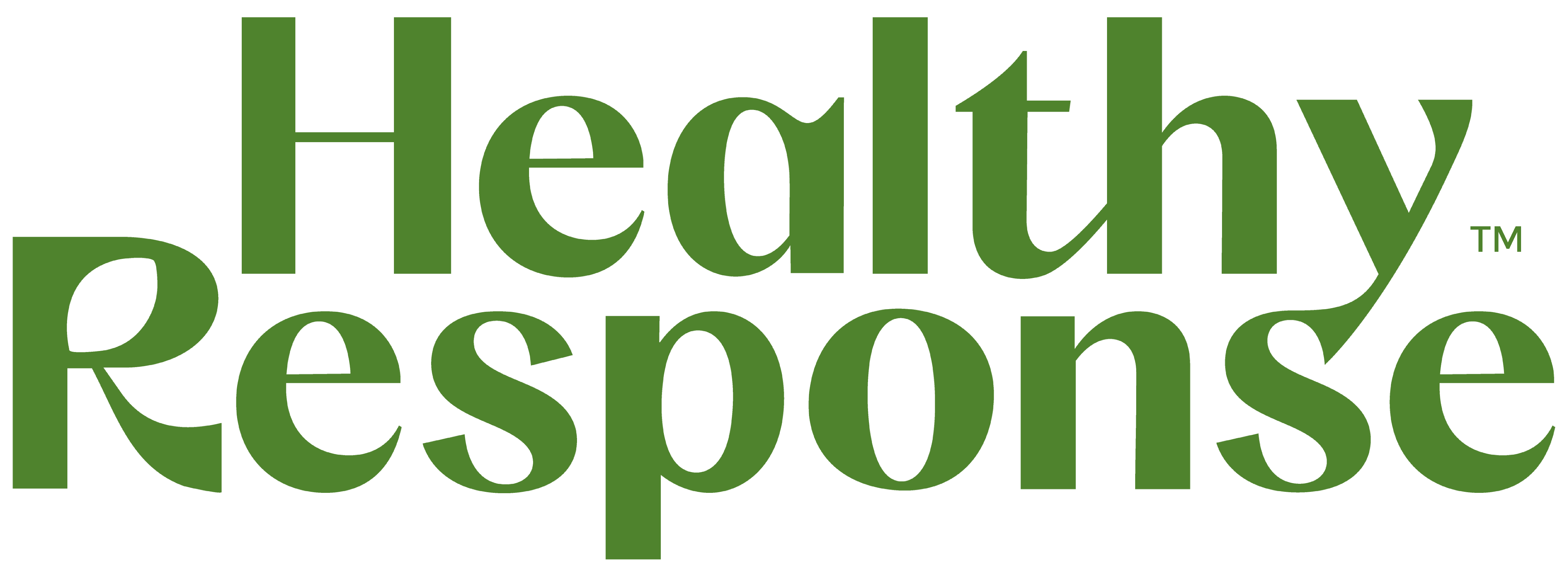
Of all the macronutrients (carbohydrates, proteins and fats)—the latter is probably the most confusing one. Up until recently, fat was considered to be the devil and the root of most of the chronic health problems that plague our country. We thought fat made you fat. We now know that not only is that line of thinking wrong, but it’s detrimental. We need fat to keep us strong and healthy. But there isn’t just one type of fat, which is what can also lead to confusion as well as frustration about the misinformation out there. Hopefully this clears things up.
Saturated Fats & Unsaturated Fats
Saturated fats are solid at room temperature and usually come from animals (butter, cheese, fats in meat, etc.)
Unsaturated Fats are liquid at room temperature and they can come from plants or animals. There are two types of unsaturated fats: monounsaturated and polyunsaturated. Examples of monounsaturated fats are avocados, nuts, seeds, olive oil. There are two types of polyunsaturated fats: omega 3s (ex. fatty fish, flaxseed, chia, hemp) and omega 6s (ex. soybean, safflower, sunflower and corn oils. While we need both omega 3s and 6s (they are called “essential fatty acids” because our body can’t produce them on our own), we need more omega 3s than 6s or else this can cause inflammation in our body.
Trans Fats
Trans fats man-made unsaturated fats, whose chemical structure has been altered so that they remain solid at room temperature (remember unsaturated fats are supposed to be liquid at room temperature). This process is called “hydrogeneration” and puts you at an increased risk for things like heart disease, type 2 diabetes, and inflammation.
Good Fats And Bad Fats
Although there are several subtypes of fats, most can be thought to fit in one of two categories: good and bad or healthy and unhealthy. The unsaturated fats (monounsaturated and polyunsaturated) are considered to be the good or healthy fats—these are the ones you want the most of in your diet. Saturated fats aren’t bad or off-limits, they just shouldn’t be a huge presence in your diet. Trans fats are bad and unhealthy and should be avoided entirely. But food manufacturers have made it confusing—sometimes things are labeled “trans-fat free” but still contain it (it just has to be less than 0.5grams, but unfortunately even that amount is harmful to our health!) So, how can you tell for sure if your product has trans fats? Read the ingredients for words like “hydrogenated or partially hydrogenated oil” and if you see them, steer clear. The most common places to find foods containing trans fats are: commercially prepared baked foods, microwave popcorn, fried foods, refrigerator dough (canned biscuits, rolls, etc.), ice cream, coffee creamer, margarine, peanut butters like Jif and Skippy.
But just like anything, you don’t want to overdo it. With fats, the best thing to do is replace the bad fats with better fats, but don’t add fat to something that doesn’t need it. For example, if you usually put butter on your veggies, try olive oil instead. If you normally have your coffee with creamer, put regular cream or milk in it instead. But if you normally just steam your veggies plain and enjoy your coffee black, keep it as they are—there’s no need to confuse things 😊



